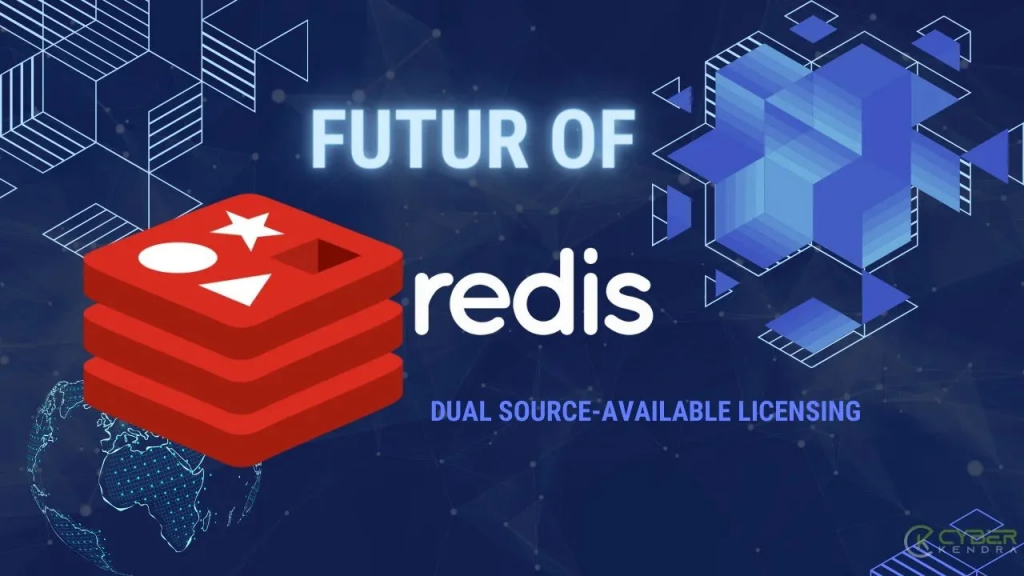The Fork in the Road: The Curveball that Redis Pitched

In a move announced on March 20th, 2024, Redis, the ubiquitous in-memory data store, sent shockwaves through the tech world with a significant shift in its licensing model. Previously boasting a permissive BSD license, Redis transitioned to a dual-license approach, combining the Redis Source Available License (RSAL) and the Server Side Public License (SSPL). This move, while strategic for Redis Labs, has created ripples of concern in the SAAS ecosystem and the open-source community at large.
The Split: From Open to Source-Available
At its core, the change restricts how users, particularly cloud providers offering managed Redis services, can leverage the software commercially. The SSPL, outlined in the March 24th press release, stipulates that any derivative work offering the “same functionality as Redis” as a service must also be open-sourced. This directly impacts companies like Amazon (ElastiCache) and DigitalOcean, forcing them to potentially alter their service models or acquire commercial licenses from Redis Labs.
A History of Licensing Shifts
This isn’t the first time Redis Labs has ruffled feathers with licensing changes. As a 2019 TechCrunch article [1] highlights, Redis Labs has a history of tweaking its open-source license, sparking similar controversies. Back then, the company argued that cloud providers were profiting from Redis without giving back to the open-source community. The new SSPL appears to be an extension of this philosophy, aiming to compel greater contribution from commercial users.
SAAS Providers in a Squeeze
For SAAS providers, the new licensing throws a wrench into established business models. Modifying core functionality to comply with the SSPL might not be feasible, and open-sourcing their entire platform could expose proprietary code. This could lead to increased costs for SAAS companies, potentially impacting end-user pricing.
Open Source Community Divided
The open-source world is also grappling with the implications. While the core Redis functionality remains open-source under RSAL, the philosophical shift towards a more restrictive model has some worried. The Linux Foundation even announced a fork, Valkey, as an alternative, backed by tech giants like Google and Oracle. This fragmentation could create confusion and slow down innovation within the open-source Redis ecosystem.
The Road Ahead: Uncertainty and Innovation
The long-term effects of Redis’s licensing change remain to be seen. It might pave the way for a new model for open-source software sustainability, where companies can balance community development with commercial viability. However, it also raises concerns about control and potential fragmentation within open-source projects.
In conclusion, Redis’s licensing shift presents a complex scenario. While it aims to secure Redis Labs’ financial future, it disrupts the SAAS landscape and creates uncertainty in the open-source world. Only time will tell if this is a necessary evolution or a roadblock to future innovation.
References & Further Reading:
- Official Redis PR – https://redis.com/blog/redis-adopts-dual-source-available-licensing/
- Microsoft Azure Explainer – https://azure.microsoft.com/en-us/blog/redis-license-update-what-you-need-to-know/
- Redis Labs changes its open-source license — again! – TechCrunch – https://techcrunch.com/2019/02/21/redis-labs-changes-its-open-source-license-again/

